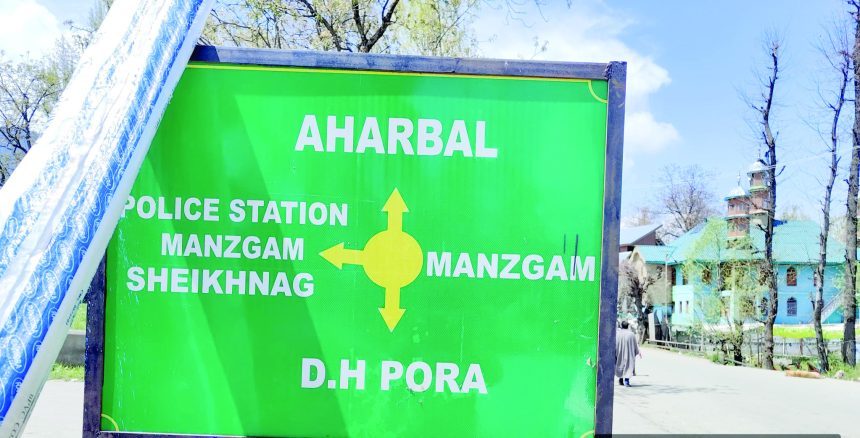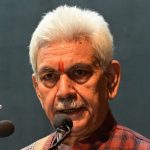Kulgam, Aug 20: As the first phase of assembly elections approaches on September 18, the Damhal-Hanjipora (D H Pora) constituency, also known as “Noorabad,” is buzzing with expectations. Established in 1967 when Kulgam district was limited to just the Kulgam and Devsar constituencies, Noorabad has witnessed significant changes over the decades. From 29,634 eligible voters in its inaugural year to 99,037 voters after the recent delimitation, the constituency’s political landscape has evolved, yet many of its fundamental issues remain unresolved.
Advocate Rouf Geelani, a prominent local figure, highlights that despite consistently high voter turnouts, basic facilities are still lacking. “For this election, we have high expectations that my new candidate will address the long-pending demands which are for the larger good,” Geelani told *Rising Kashmir*. He emphasized that the region’s predominantly low-income population, many of whom work as laborers, have long sought improvements in roads, health facilities, and a reduction in power tariffs. Moreover, the area’s untapped tourism potential, especially in scenic locales like Chiranbal, Badibehk, and Kongwattan, could be a game-changer for local employment if developed.
One critical infrastructure project, the road connecting Gool Gulab Garh from Nandimarg, remains incomplete, with only 6 kilometers of the 26-kilometer stretch finished. “This road could have greatly benefited residents of both Reasi and Kulgam districts by providing a direct connection between the two areas,” Geelani added. The stalled progress is a stark reminder of the region’s developmental gaps.
Manzoor Ahmad, another local, echoed the sentiment of neglect, particularly concerning health infrastructure. The Sub District Hospital (SDH) in the area is in a dire state, with a recently completed project worth lakhs lying abandoned. “The current hospital functions like a primary health center and lacks essential consultants, including pediatricians and gynecologists. We need better health services and will vote for the candidate who will provide us better amenities,” Ahmad said.
Sheeraz Ahmad, a resident, stressed the need for better connectivity within Mohallas and the revival of springs and the main irrigation canal in Noorabad, which has dried up, affecting horticulture and agriculture. He also pointed out that the constituency has a significant Scheduled Tribe (ST) population, whose needs, including roads, safe drinking water, and electricity, will be key political issues in this election.
With voter turnout in Noorabad traditionally high—exceeding 70% in most elections and over 80% in 1987 and 2014—the electorate’s voice is powerful. Despite past leadership from Congress, the National Conference (NC), and the Peoples Democratic Party (PDP), many in the constituency feel that the region remains underdeveloped. “We’ve had two ministers in the past, yet the area remains underdeveloped in many aspects. This election is our opportunity to hold politicians accountable and elect an MLA who will truly transform this constituency into a model one,” Geelani concluded.
As D H Pora prepares to cast its vote, the message from the ground is clear: the electorate is demanding tangible change, and this election could be a turning point for the long-neglected constituency.
No more empty promises: Noorabad constituency set sights on long-awaited dev projects
Looking for candidates who will deliver on promises, say voters

Leave a Comment Leave a Comment






